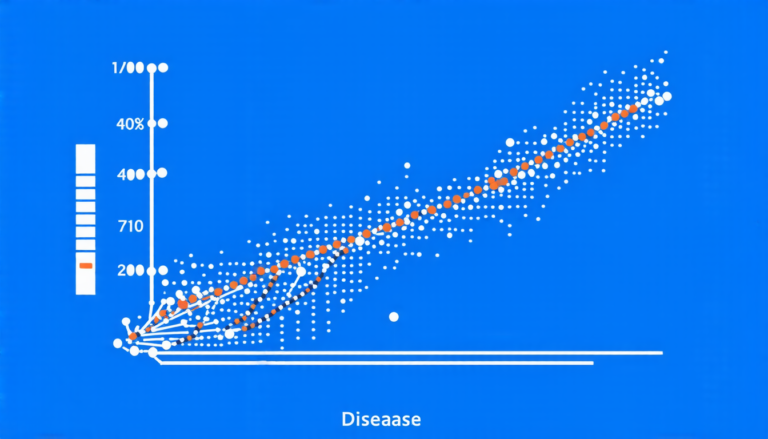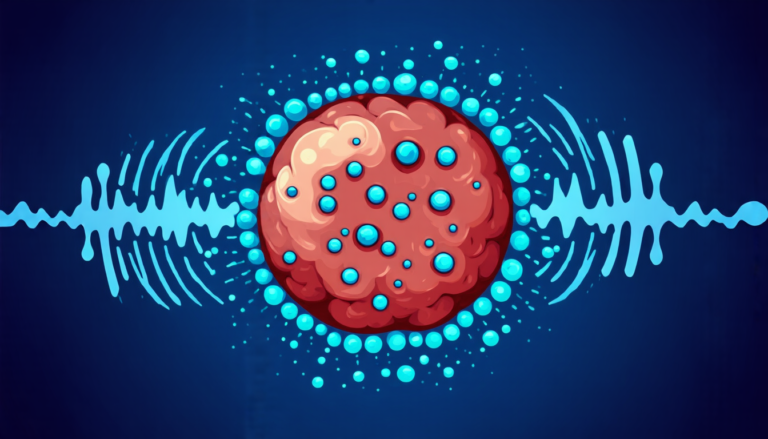Sunday 23 March 2025
A team of mathematicians has made a significant breakthrough in understanding how certain mathematical structures, known as C*-algebras, can be classified and described. These algebras are used to study complex systems, such as quantum mechanics and operator theory, and have applications in physics, engineering, and computer science.
The researchers focused on a specific type of algebra called a finite-dimensional C*-algebra, which is a mathematical object that combines the properties of vectors and matrices. They were able to classify these algebras by identifying certain patterns and relationships between their elements.
One of the key findings was the discovery that these algebras can be separated into two categories: those with abelian summands and those without. Abelian summands are essentially groups of elements that behave like vectors, while non-abelian summands have more complex properties.
The researchers also found that certain types of maps, or functions, between these algebras preserve a property called Birkhoff-James orthogonality. This means that they leave the relationships between the algebra’s elements unchanged, even when those elements are transformed in some way.
To understand this concept, think of it like a game of Jenga. Imagine you have a tower built from wooden blocks, and each block represents an element in the algebra. When you apply a map to these blocks, you’re essentially moving them around or changing their shape without altering the overall structure of the tower. The Birkhoff-James orthogonality property ensures that the relationships between the blocks remain intact.
The researchers used a variety of mathematical techniques and tools to study these algebras and maps. They also drew on insights from other areas of mathematics, such as operator theory and functional analysis.
Their work has important implications for our understanding of complex systems and how they behave. It could potentially be applied in fields like quantum computing, where the properties of C*-algebras are used to describe the behavior of particles and systems at a fundamental level.
The study also highlights the importance of mathematical rigor and precision in understanding these complex systems. By carefully analyzing and classifying these algebras, researchers can gain a deeper understanding of their underlying structure and behavior.
This research has the potential to open up new avenues for exploration and discovery in mathematics and its applications. It demonstrates the power of mathematical abstraction and the importance of pursuing fundamental knowledge in this field.
Cite this article: “Mathematical Breakthrough in C-Algebra Classification”, The Science Archive, 2025.
C*-Algebras, Finite-Dimensional, Classification, Algebraic Structures, Mathematical Analysis, Operator Theory, Functional Analysis, Quantum Mechanics, Birkhoff-James Orthogonality, Jenga Analogy







